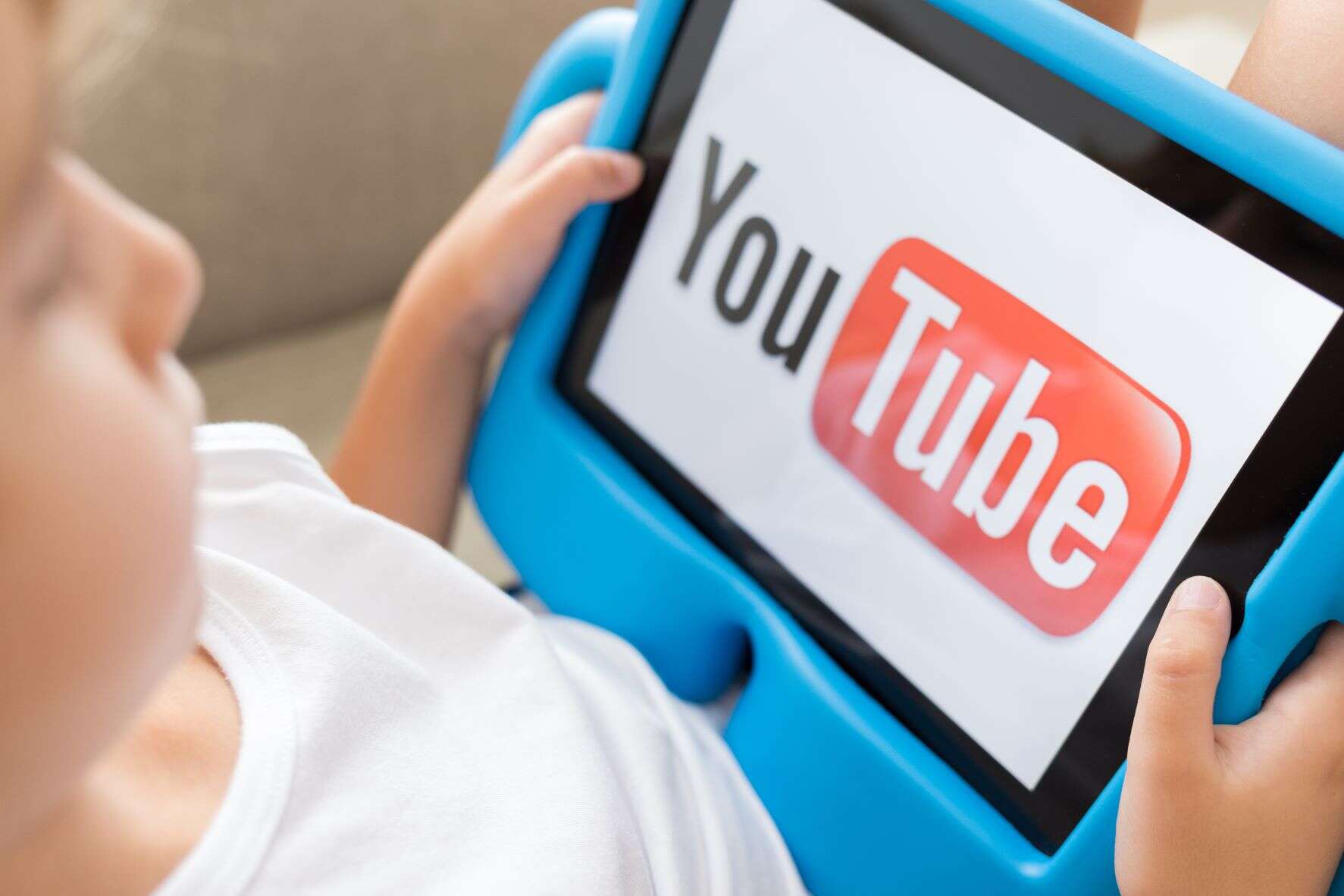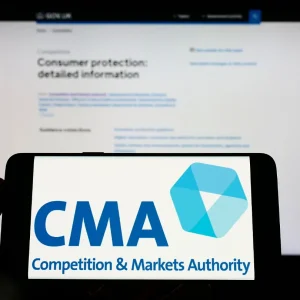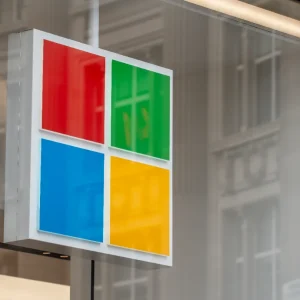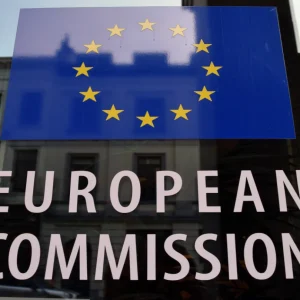
YouTube is under investigation for allegedly collecting the data of millions of children. UK data watchdog the Information Commissioner’s Office (ICO) has opened an investigation into the video-sharing platform in what could be a landmark test for the regulator’s Age appropriate design code. Should YouTube be found to be in breach of the Children’s code, it could be fined £17.5m, or 4% of its global turnover.

YouTube, which is owned by Google’s parent company Alphabet, has responded to allegations saying it has appropriate protective measures in place for children under 13 on its children’s application YouTube Kids.
ICO opens investigation into YouTube
The ICO is investigating after a complaint by Duncan McCann, the head of accountability at the 5Rights Foundation, a charity that spearheads protective legislation for children using digital platforms.
McCann, a father of four, has claimed that the streaming platform has broken newly implemented child protection laws introduced by the ICO by gathering “the location, viewing habits and preferences” of up to millions of children who use the main YouTube site.
A spokesperson for YouTube has countered the accusation by explaining that the company has taken steps to bolster protection for children with stronger default settings, as well as launching a YouTube Kids application aimed at children 13 and under, which features additional data protection measures.
“We remain committed to continuing our engagement with the ICO on this priority work, and with other key stakeholders including children, parents and child protection experts,” the spokesperson said
However, McCann claims that while YouTube Kids may employ protection for children, YouTube in general does not, and this is where the company collects the illicit data. He told Radio Four’s The Today Programme that YouTube is “trying to have its cake and eat it,” as figures from communications regulator Ofcom show that huge numbers of children use the main platform to watch “loads and loads” of videos.
ICO deputy commissioner Stephen Bonner stressed in a statement that the Children’s code makes clear that children are not like adults online. “Their data needs meaningful protection, if that’s not the case, we’ll take action,” the statement reads.
What is the Age appropriate design code?
According to the ICO, “the Children’s code (or the Age appropriate design code) contains 15 standards that online services need to follow. This ensures they are complying with their obligations under data protection law to protect children’s data online,” states the regulatory body.
The Age appropriate design code was introduced in September 2020 and as yet no company has been found to have breached it. The outcome of this case has been deemed by some as a landmark for how other companies in the same position as YouTube will be treated.
If found to be in contravention of the ICO’s children’s code, YouTube will have to pay a fine of up to £17.5m or 4% of its worldwide turnover, lawyer Jonathan Compton of DMH Stallard.
“The ICO has a range of powers and penalties at its disposal. It can serve an Enforcement, an Assessment or an Information Notice requiring the delivery of documents and information Those faced with an investigation are better advised to co-operate and enter into voluntary arrangements with the ICO if at all possible,” Compton told the Daily Mail.
YouTube is not the only website that could be at risk of breaching the ICO Children’s Code. According to a report released last month by Comparitech, one in four Google Play apps assessed by researchers did not comply with the Age Appropriate Design Code.
“Searching through the apps listed under the children’s section on Google Play, our team reviewed the privacy policies of just over 400 apps to see whether or not the individual criterion stipulated by the ICO were being met,” the report says.
“The vast majority collected some kind of personal data without a clear and comprehensive section on children’s data protection within their privacy policy. Perhaps even more concerning was that 5.5% of the apps we reviewed claimed not to be targeted toward children, despite being featured within the child-specific section on Google Play and sometimes featuring the word ‘kids’ in the app name.”
These apps were downloaded by more than 383 million users, Comparitech’s researchers said.






